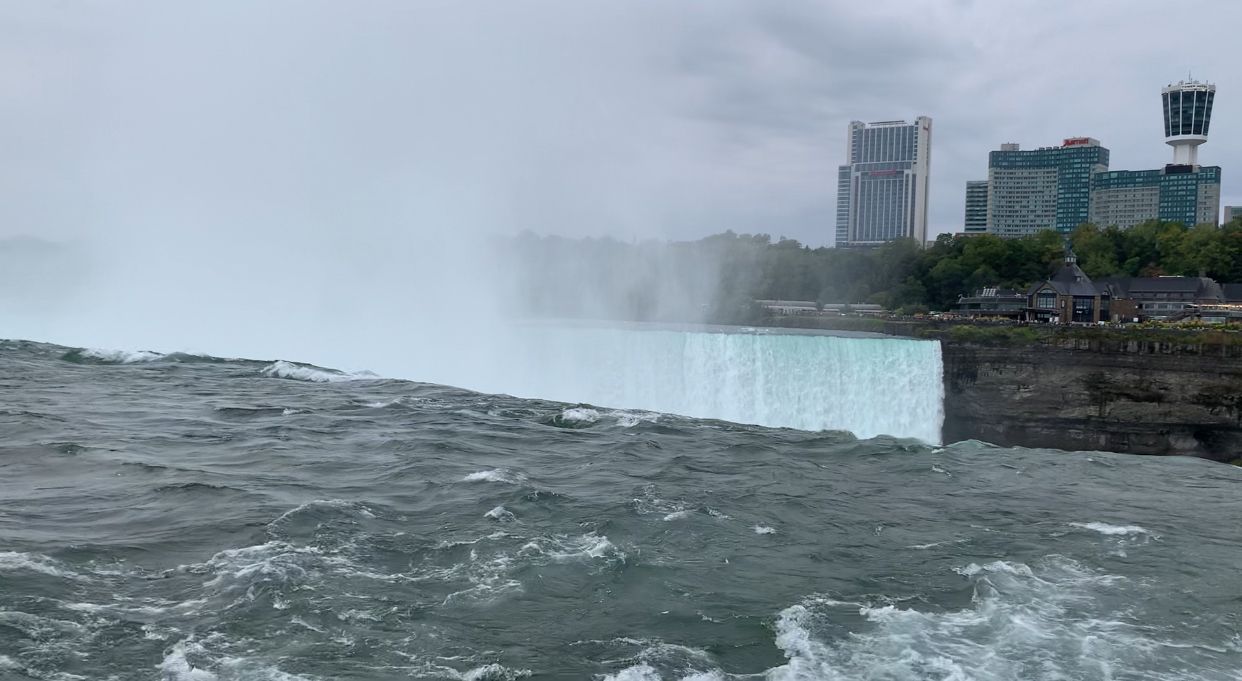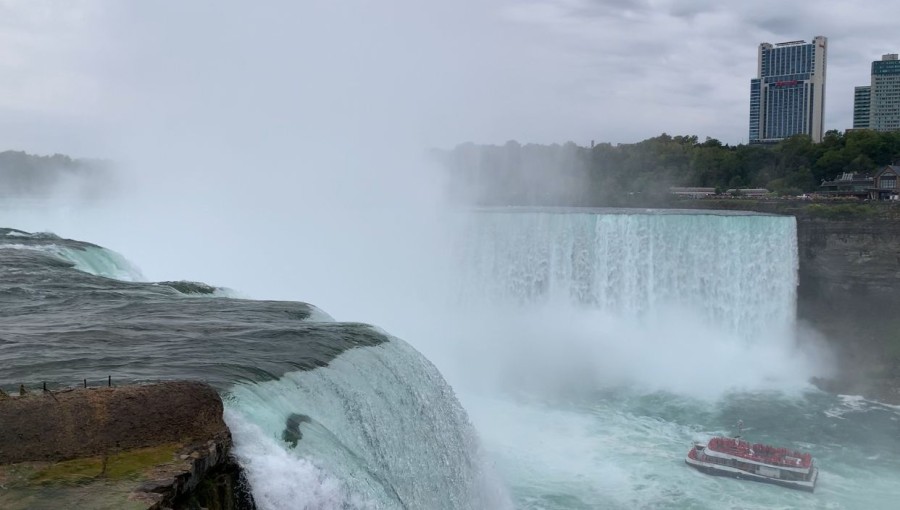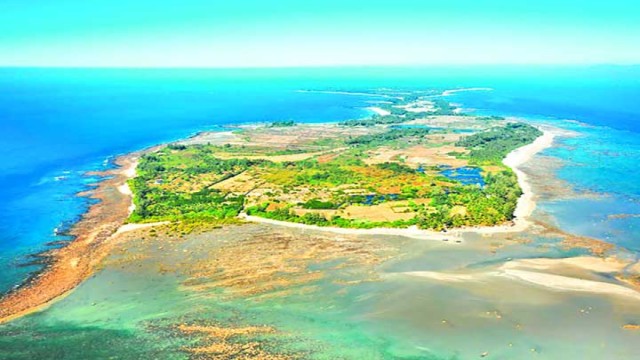As one of the most renowned natural landmarks in North America, Niagara Falls boasts a history as mighty as its cascading waters. A special correspondent from Voice7 News compiled this report after closely exploring the falls and engaging with its visitors to gather insights.
Buffalo, NY, Oct 07 (V7N) – Towering over the border of the United States and Canada, Niagara Falls stands not just as a natural wonder but as a testament to the relentless forces of nature. From the deep geological history that gave birth to the falls to the rich cultural significance it holds, this landmark has captivated human imagination for centuries. Today, it symbolizes both technological progress and international cooperation.
Geological Beginnings: Shaped Over Millennia More than 12,000 years ago, at the end of the last Ice Age, Niagara Falls began to take shape. As glaciers retreated, they unleashed torrents of water that carved the Niagara River, cascading over the Niagara Escarpment. Initially, the falls were located miles downstream from their current location, slowly migrating upstream as erosion took its toll. Although human intervention has reduced the rate of erosion, Niagara Falls remains a dynamic force in motion, continuously evolving.

Indigenous Legacy: Reverence and Legends Long before European explorers arrived, Indigenous tribes, including the Iroquois Confederacy, held Niagara Falls in deep spiritual regard. Legends, like that of the "Maid of the Mist," reflected the cultural and mystical connection to the falls. The river was not just a lifeline but also a sacred symbol of the interconnectedness of all life.
The European Encounter: The Arrival of Change When French explorer Father Louis Hennepin documented the falls in 1678, he opened the region to European exploration and colonization. The strategic importance of Niagara’s waterways spurred military and economic interest, giving rise to fortifications like Fort Niagara, which played key roles in conflicts such as the French and Indian War and the War of 1812.

Niagara’s Industrial Transformation In the late 1800s, the power of Niagara Falls attracted engineers who sought to harness its energy. Pioneers like Nikola Tesla and George Westinghouse revolutionized electricity generation with the advent of alternating current, turning Niagara into a hub of hydroelectric power. To this day, plants on both sides of the border produce significant electricity, powering millions of homes and businesses.
Tourism and Daredevils: The Global Fascination As early as the 19th century, Niagara Falls became a magnet for tourists. The expansion of the railroads brought in waves of visitors eager to witness the majestic sight, and thrill-seekers like Annie Edson Taylor made headlines with daring stunts. Today, it remains one of the most popular tourist destinations in the world, drawing millions annually.

Modern-Day Challenges and Conservation While Niagara Falls continues to thrive as a tourist and industrial center, environmental concerns have led to ongoing conservation efforts. Both the U.S. and Canada have established protected parks to preserve the natural beauty of the falls. In an era of climate change and growing environmental awareness, sustainable practices are now crucial to maintaining Niagara Falls as a global treasure.































Comment: